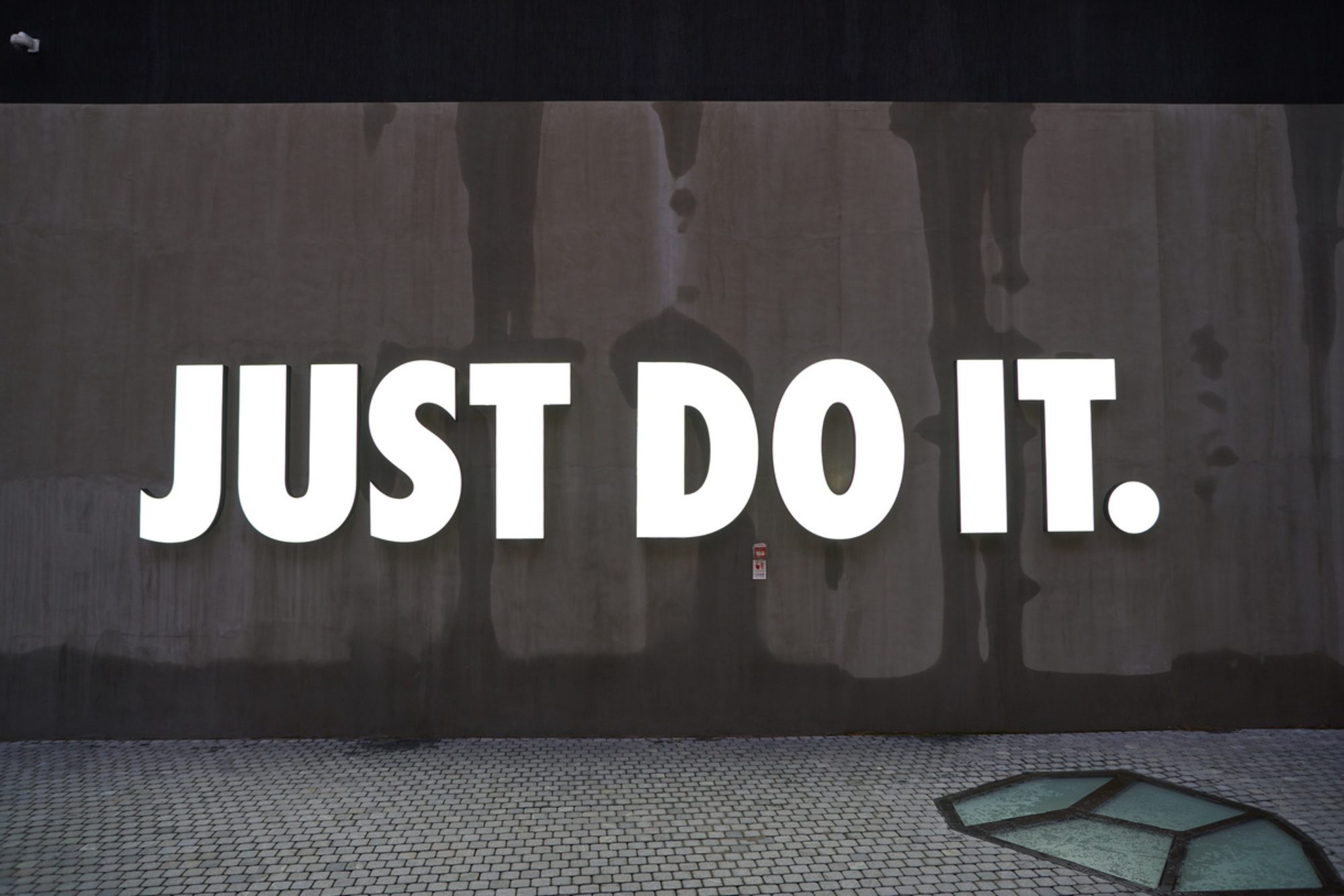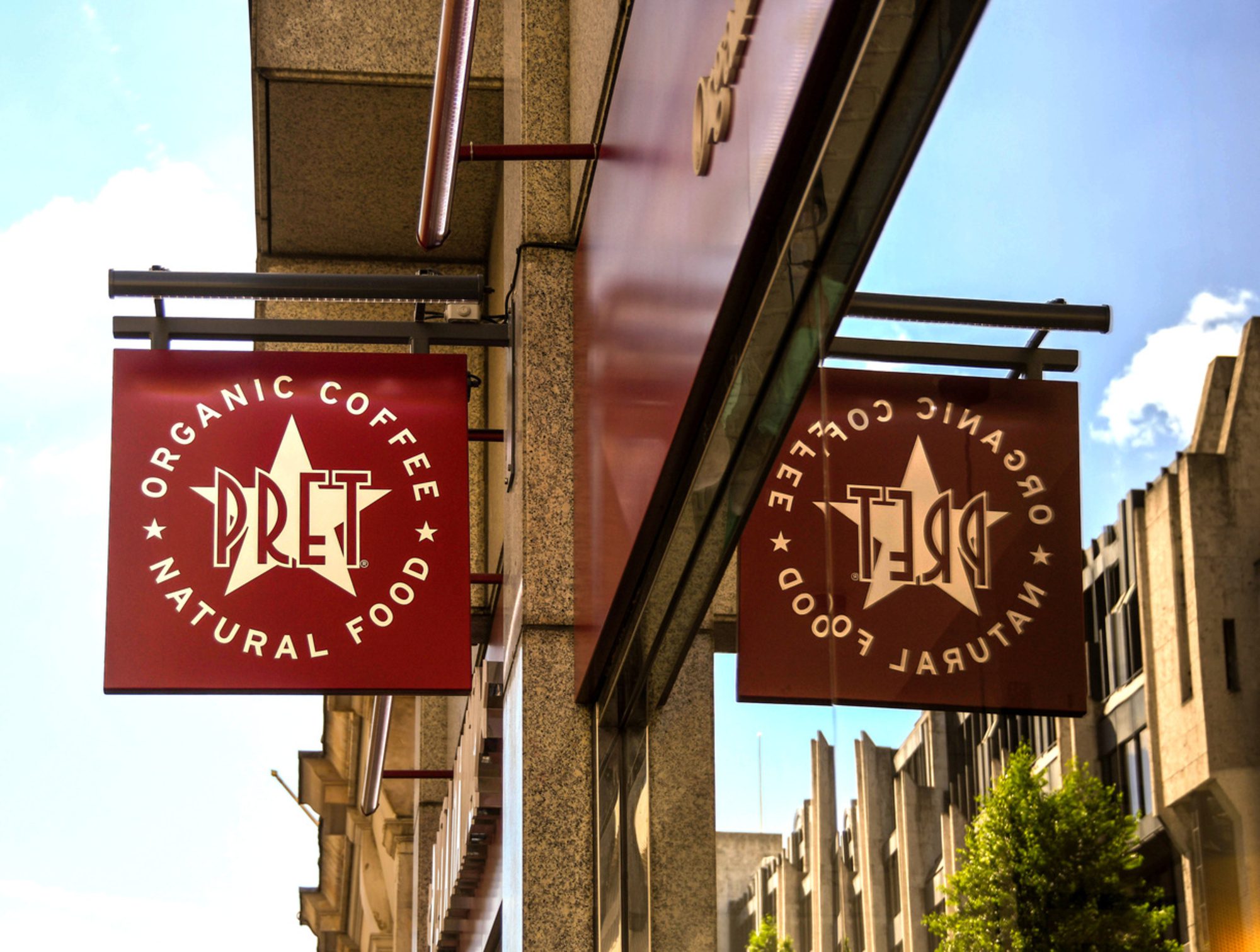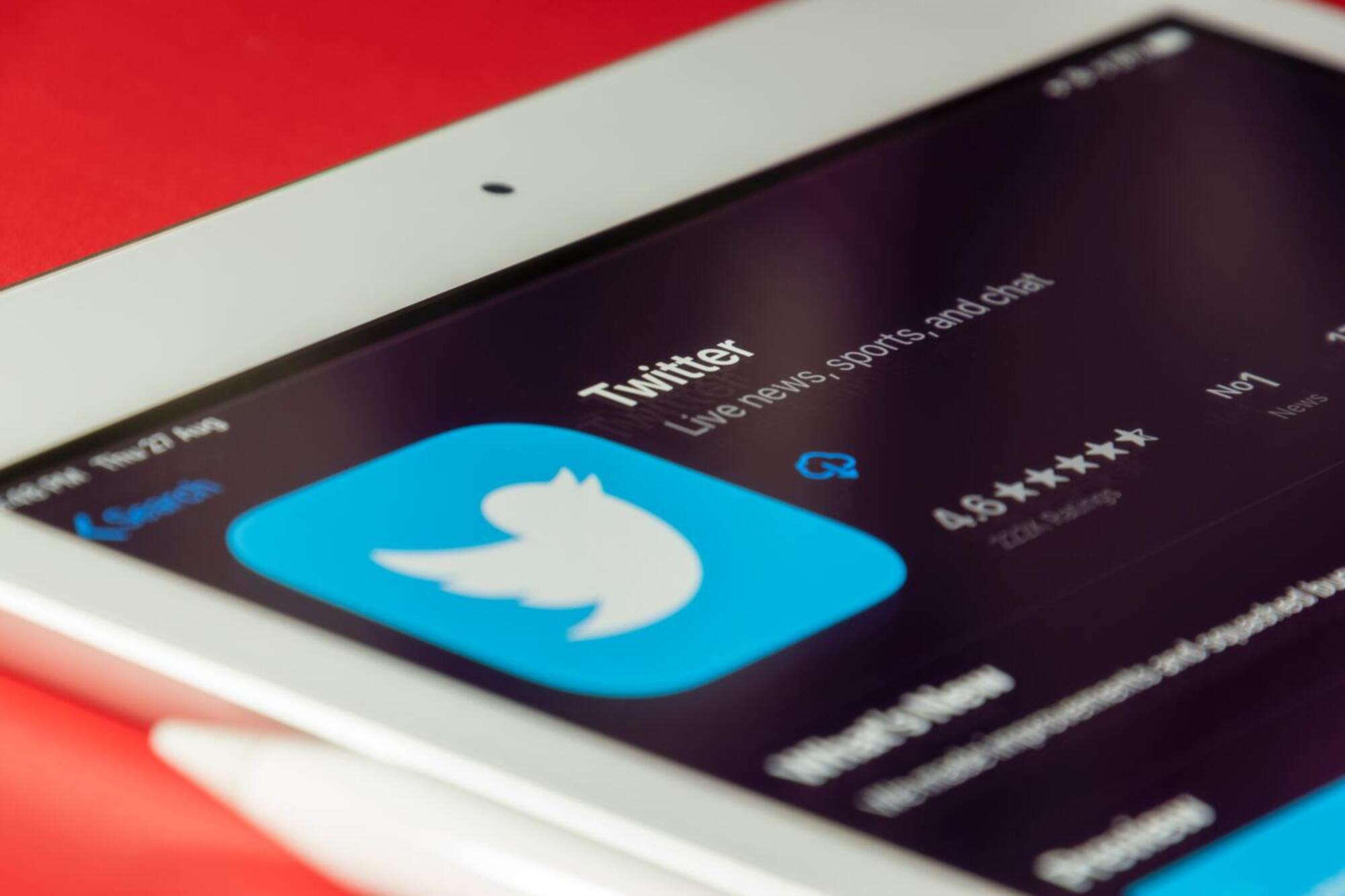We explore the importance of aligning leadership communications with your brand vision in an authentic and credible way.

As Will Rogers once said, “It takes a lifetime to build a good reputation, but you can lose it in a minute.” Never has this been more true than in a world of instant communication, where opinion can be influenced on a global scale in the blink of an eye. Your brand vision is a barometer against which your authenticity can be measured; defining your values, characteristics, identity and representing the full experience that your communities can expect from their first interaction to their last. We have previously explored how universities can build a differentiated brand, in this article we’ll explore how leaders can support this by setting the tone to resonate through the institution and extend to the audience. The reality is that each decision made has the potential to impact your brand perception, for better or worse.
We don’t have to look far to see the impact of getting it wrong on degrading trust. Who can forget the recent footage of world leaders descending on COP26 in private jets, eroding the message of climate change. Or Matt Hancock’s Covid kiss undermining government efforts against the virus. When set in the context of higher education, the importance of getting it right comes into sharper focus. The incredibly competitive marketplace, varied communities, civic responsibilities, ever changing policies and media scrutiny all compound the need for a strong reputation. With similar brand narratives evident across the sector, what others say about you, rather than what you say about yourself, can be a distinguishing factor.
Cries of hypocrisy, inauthenticity and disconnection can all have a negative impact on a carefully considered brand and vision. But there is much to be gained from getting it right; building credibility, connection, commitment, respect, inspiration and trust. Leaders have it within their remit to create a powerful ripple effect that starts with internal culture and extends to audience interaction and brand perception. To bring this to life we have explored some examples from leaders bringing this into effect:
Sir Richard Branson & Virgin
Virgin mission: to challenge the status quo, while championing people and the planet.
Sir Richard Branson is a self proclaimed tie-loathing adventurer, philanthropist & troublemaker, who believes in turning ideas into reality. He is one of the most famous visionary leaders, earning this title by ensuring his personal brand is fully aligned to the values that underpin the 400 companies under the Virgin umbrella. He understands the absolute importance of branding and is clear on how he wants the Virgin brand to be perceived. The values of fun and adventure at the heart of the Virgin brand are demonstrated throughout his behaviour, from flying around the world in a hot air balloon to attempting to break the trans-Atlantic sailing record.
Aside from grabbing headlines, core values are also built into his leadership style with employees challenged to step outside of their comfort zone and to come directly to him with ideas to drive enterprise. Branson uses his powerful digital platforms to create a tangible connection from the bottom line to the brand vision, earning him over 12.6 million Twitter and 19.5 million LinkedIn followers. Content varies from personal stories of those overcoming adversity, to open letters challenging inequality, to highlighting Virgin’s impact on global communities. The common thread is true to the vision of challenging the status quo and championing people and the planet.

Phil Knight & Nike
Nike Vision: to do everything possible to expand human potential.
Whilst Knight retired from chairman of the board last year, his 56 year tenure saw significant transformation of the Nike brand and vision. His visionary leadership was the foundation of creating a brand at the forefront of athletic excellence. Knight was careful to embody brand values in internal culture to create an environment of living and breathing sports. Like athletes, employees at Nike are encouraged to expand their potential and be highly competitive. Careers are framed as extended sports seasons and committees are quarterbacked rather than led. An exaggerated example of the ripple effect we touched on earlier, by leading with internal culture customers respond with strong brand loyalty and positive brand perception, that mirrors the internal culture at Nike.

Pano Christou & Pret
Pret mission: To serve freshly made food and good organic coffee, whilst also trying to do the right thing.
A stroll along any highstreet in the UK will reveal one of the most competitive industries; the coffee shop market. Standing out amongst an estimated 25,000 retailers is a tall order (excusing the pun!) but one that Pret has stepped up to. Embodied in the brand vision are three key factors; an enhanced menu, exceptional customer service and a dedication to sustainability. It is perhaps the last point where Pret has the most distinguished position, with the Pret Foundation and the Rising Stars Programme tackling hunger, poverty and homelessness around the world.
CEO for 2 years and with an overall 21 tenure at the company, Pano Christou has been an important part of developing and delivering the brand vision. He is an ambassador for collaboration “I believe in the flat structure we’ve got — at the top we can reach down easily and those in the shops can reach up with all their questions, thoughts and observations. Giving NHS staff 50% off and free drinks didn’t come from me but from our people who work in Warren Street next to UCL hospital.” Like Branson, Christou uses his social platform on LinkedIn to authentically highlight brand values, from sharing stories of Rising Stars who have overcome the cycle of homelessness to forge a career, to running a half marathon to raise funds for the foundation, to highlighting colleagues whose customer service has gone above and beyond. He is also active in discussions with commentators, making him an approachable ambassador for the brand.

From these three high level examples of visionary leadership in action, there are some common lessons we can draw, with particular relevance to social presence:
-
- Be consistent – have in mind how you want your brand to be perceived and take steps to ensure that the brand is represented consistently throughout all channels and at every touch point.
- Be authentic – showing your true self, and in some cases vulnerability, can create more powerful connections that cultivate loyalty.
- Be approachable – being relatable helps build relationships, puts people at ease and enables trust, confidence and ideas to flow.
- Be empathic – the ability to listen and relate is a leading currency in the modern world. Responding to comments or challenges with compassion and empathy can break down barriers and facilitate two-way conversation that leads to greater understanding for both parties.
- Be supportive – consider using your social platform to celebrate the achievements and work of colleagues and students. The impact on morale and motivation cannot be underestimated.
Curious about how you can better utilise your social media to authentically ensure internal and external brand consistency? Get in touch with us here at The Brand Education. We run strategic social media workshops and we are always excited to hear from you.



